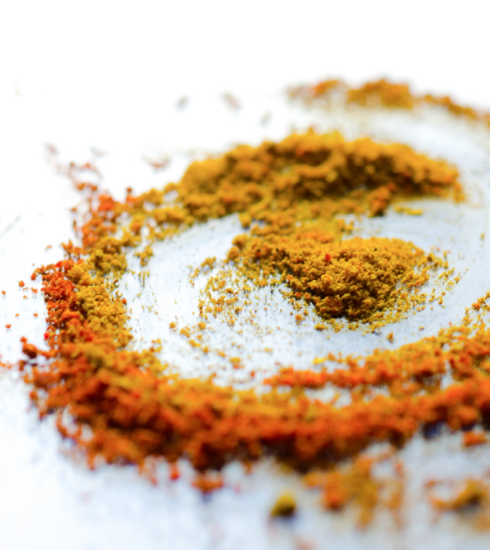The Signs of Sickle Cell Anemia
During this Sickle Cell Awareness Month, let’s become familiar with the rare blood disorder that impacts the African-American community.
What is sickle cell anemia?
The National Heart, Lung and Blood Institute defines sickle cell disease as “a group of inherited red blood cell disorders that affects hemoglobin, the protein that carries oxygen through the body.”
When a person has sickle cell disease, the normally disc-shaped red blood cells are crescent or “sickle” shaped. With sickle-shaped cells, blood cannot flow easily through the body.
Blocked blood flow can cause serious problems, including stroke, eye problems, infections and episodes of pain, called pain crises. And those with sickle cell disease also more susceptible to contracting COVID-19.
What are the signs and symptoms of sickle cell anemia?
Sickle cell anemia is a life-long disease. It is present at birth, but most newborns don’t have complications from the illness until 5 or 6 months of age.
Early signs of the illness include:
- Yellowing of the skin, or jaundice, of the whites of the eyes.
- Fatigue or fussiness
- Painful swelling of the hands and feet
Symptoms include:
- Decreased blood flow of the lungs, causing chest pain, fever and difficulty breathing.
- Pain crisis (sharp, intense or throbbing pain) that can happen without warning and occur anywhere, and in multiple parts, in the body
- Chronic pain that can lead to organ damage.
- Delayed growth and puberty due to anemia
- Eye problems that can lead to vision loss
- Gallstones
- Heart problems, including coronary heart disease and hypertension
- Increased risk of infections including chlamydia, influenza type B, salmonella and staphylococcus
- Joint problems in the hips, shoulder joints, knees and ankles
- Kidney problems including frequent urination or uncontrolled urination during the night
- Ulcers on the legs
- Liver damage
- Pregnancy-related problems including increased high blood pressure and blood clots that can lead to miscarriage, premature birth and low birth weight babies










